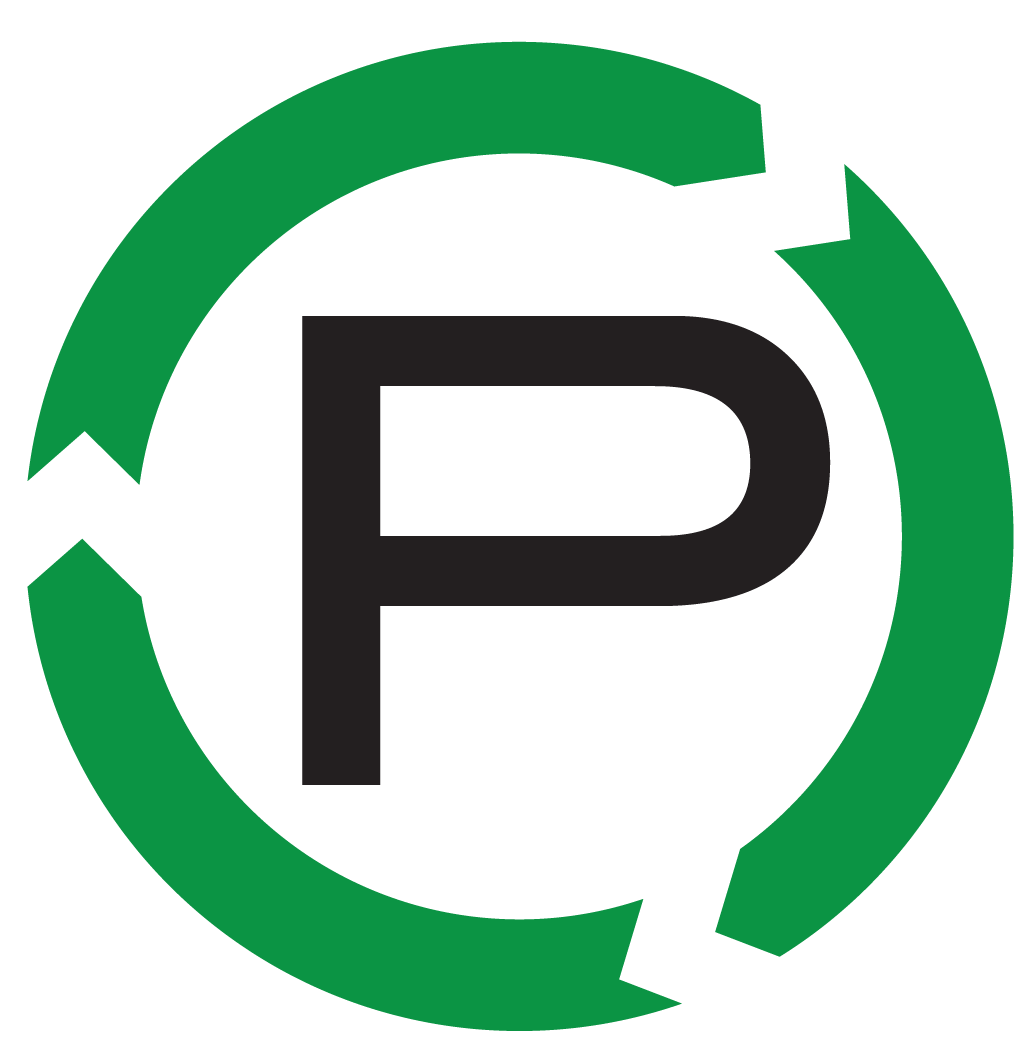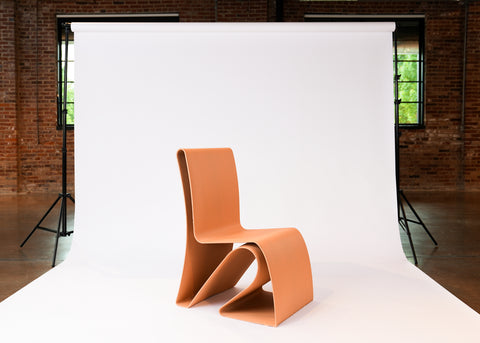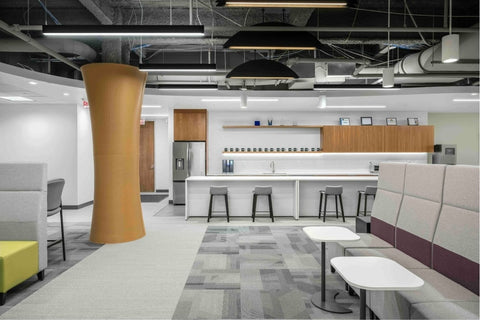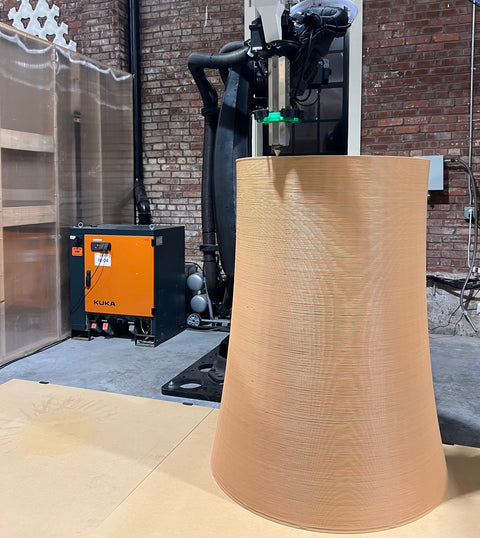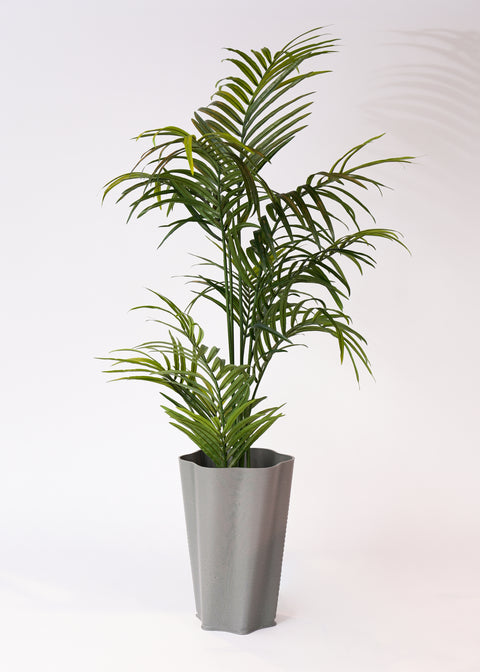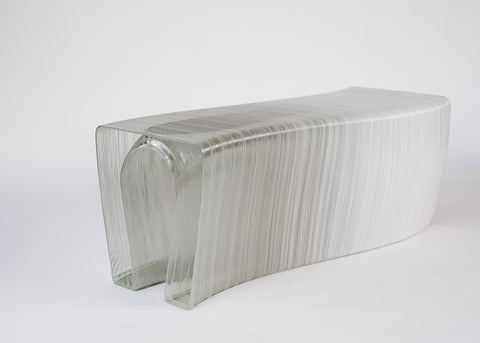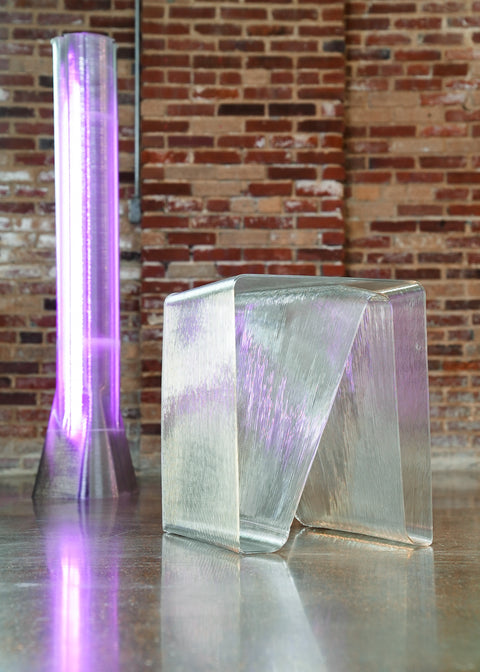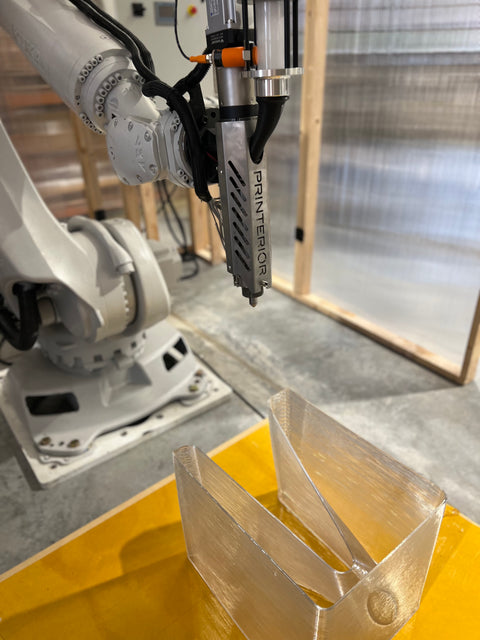In the world of manufacturing, efficiency and cost-effectiveness are paramount. For many years, injection molding has been the go-to method for mass production. However, with the advent of advanced 3D printing technologies, companies are discovering a new, more economical way to produce parts, especially for unit volumes in the hundreds of thousands.
Why 3D Printing is More Cost-Effective & Efficient
-
No Mold Costs: Unlike injection molding, which requires expensive molds, 3D printing does not need molds. This eliminates the significant upfront cost and allows for more flexibility in design changes.
-
On-Demand Production: 3D printing allows for on-demand manufacturing, meaning parts can be produced as needed. This eliminates the need for bulk production and reduces the associated costs of warehousing and inventory management.
-
Reduced Inventory and Warehousing Costs: Without the need for large-scale storage of pre-manufactured parts, companies can save on logistics and warehousing expenses. Parts can be produced and shipped directly to the customer or immediate use, streamlining the supply chain.
-
Customization: Easily produce customized parts and products tailored to specific needs without the added cost. This is especially beneficial for industries requiring bespoke solutions or frequent design updates.
-
Speed to Market: 3D printing significantly reduces the time from design to production, allowing companies to bring products to market faster.
-
Sustainability: Less material waste and the ability to use recycled materials contribute to a more sustainable manufacturing process.
- Ease of Part Modification: With 3D printing you can modify a parts design for no additional cost. This gives companies an unparalleled advantage when it comes to iterating and innovating.
Exploring 3D Printing Technologies for Mass Production
Different 3D printing technologies offer various benefits and are suitable for different applications based on part requirements and industry needs. Printerior has 3D printing experts that can guide you through the options and recommend the correct method and material for your application.
Fused Deposition Modeling (FDM)
Use Cases: FDM is ideal for creating durable, functional prototypes and end-use parts. It is commonly used in the automotive, aerospace, and consumer goods industries.
Benefits:
- Affordable material costs.
- Versatile material options, including ABS, PLA, and engineering-grade thermoplastics.
- Suitable for large parts
Selective Laser Sintering (SLS)
Use Cases: SLS is perfect for producing complex geometries and functional parts without the need for support structures. It’s widely used in medical devices, aerospace, and tooling.
Benefits:
- High strength and durability.
- Excellent mechanical properties.
- Capable of producing intricate and complex designs.
Stereolithography (SLA)
Use Cases: SLA is known for its precision and smooth surface finish, making it ideal for detailed parts that needs to be produced in high volumes. SLA resin is often used for small medical and engineering grade parts.
Benefits:
- Exceptional surface quality and detail resolution.
- Wide range of resin materials for different properties.
- Suitable for detailed and intricate parts.
Additional Post-Processing Methods
To further enhance the functionality and aesthetics of 3D printed parts, various post-processing methods can be applied, including:
- Polishing and Smoothing: To achieve a smooth, glossy finish on parts printed with technologies like SLS or FDM. Vapor smoothing or polishing can provide injection molding grade finishes.
- Painting and Coating: For improved aesthetics and additional protection.
- Annealing: To enhance the mechanical properties of parts printed with FDM or SLS.
For unit volumes in the hundreds of thousands, 3D printing presents a cost-effective and flexible alternative to injection molding. By leveraging technologies such as FDM, SLS, and SLA, and incorporating appropriate post-processing methods, companies can achieve high-quality parts with reduced costs and faster production times. At Printerior, we are committed to helping our clients realize the full potential of 3D printing, driving innovation and efficiency in manufacturing.
Explore the future of cost-effective, versatile manufacturing with us and discover how 3D printing can transform your production processes.
